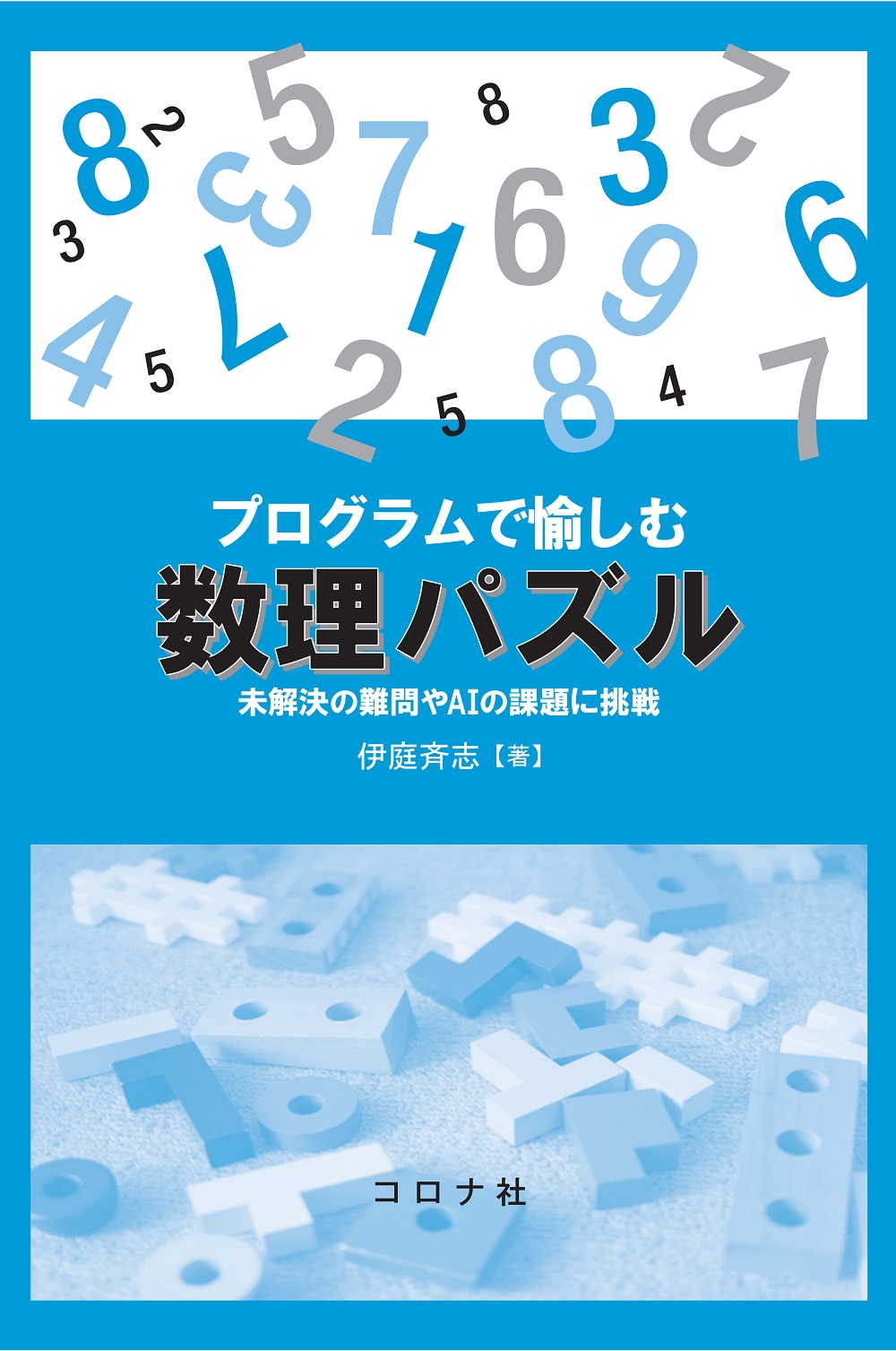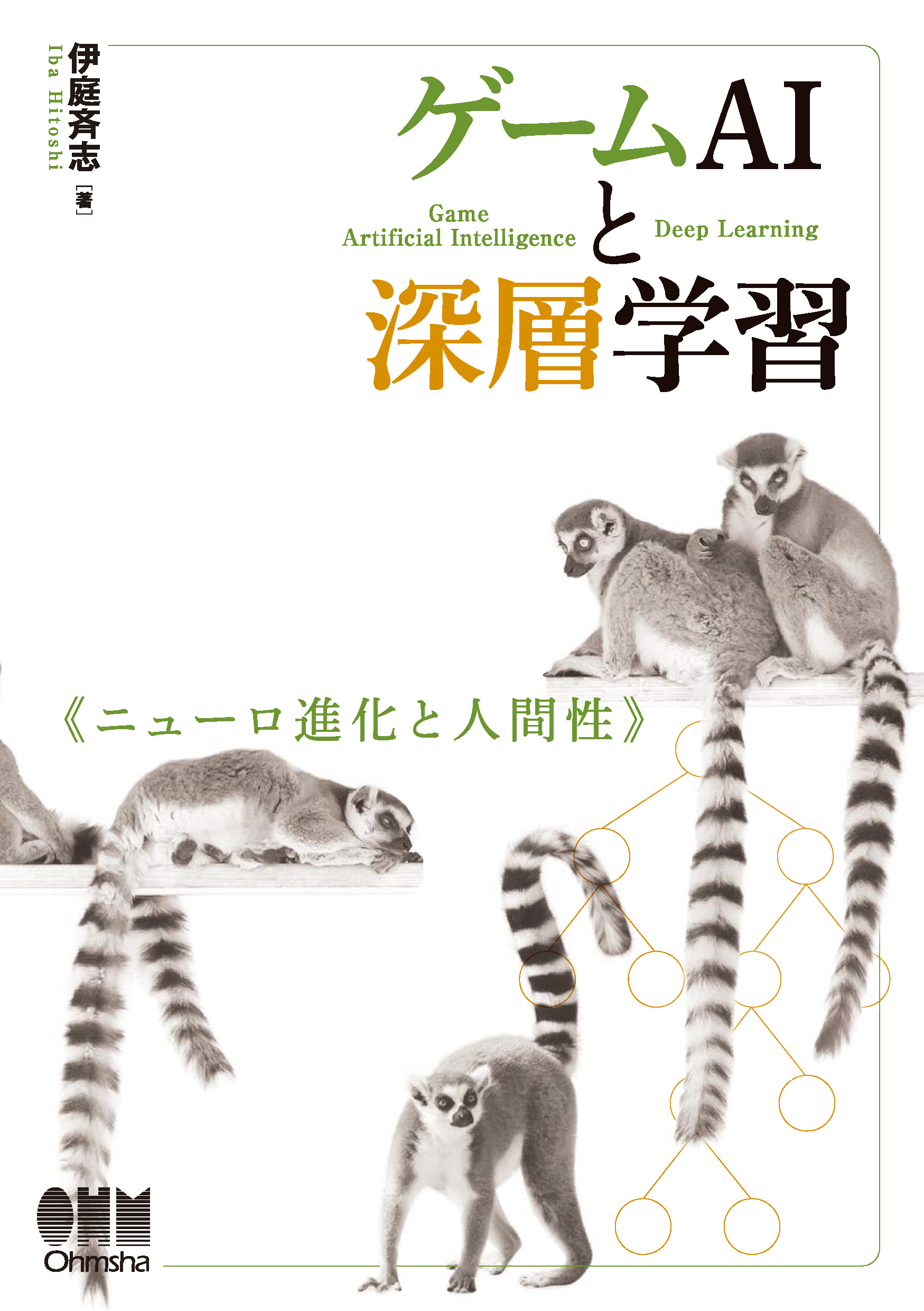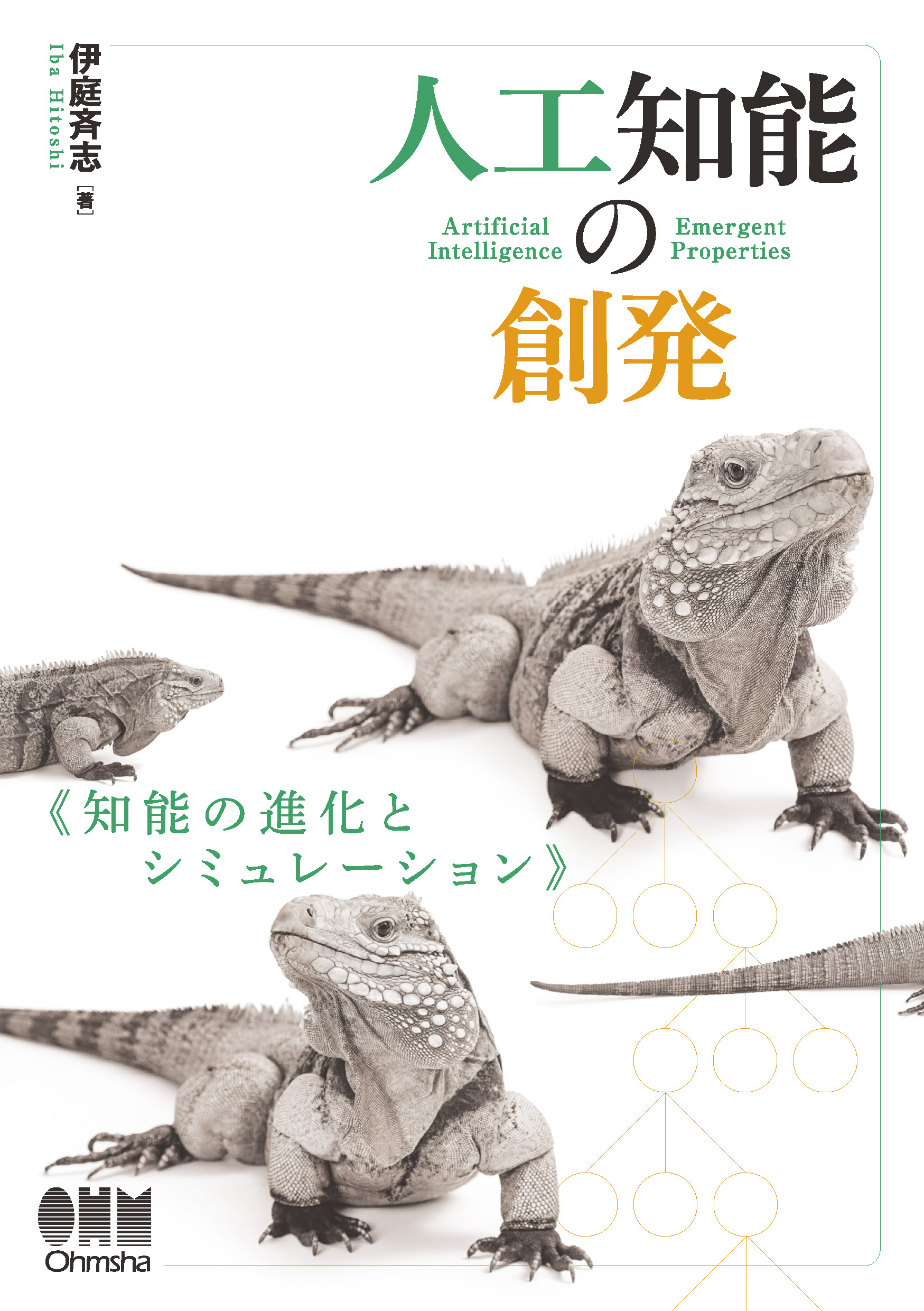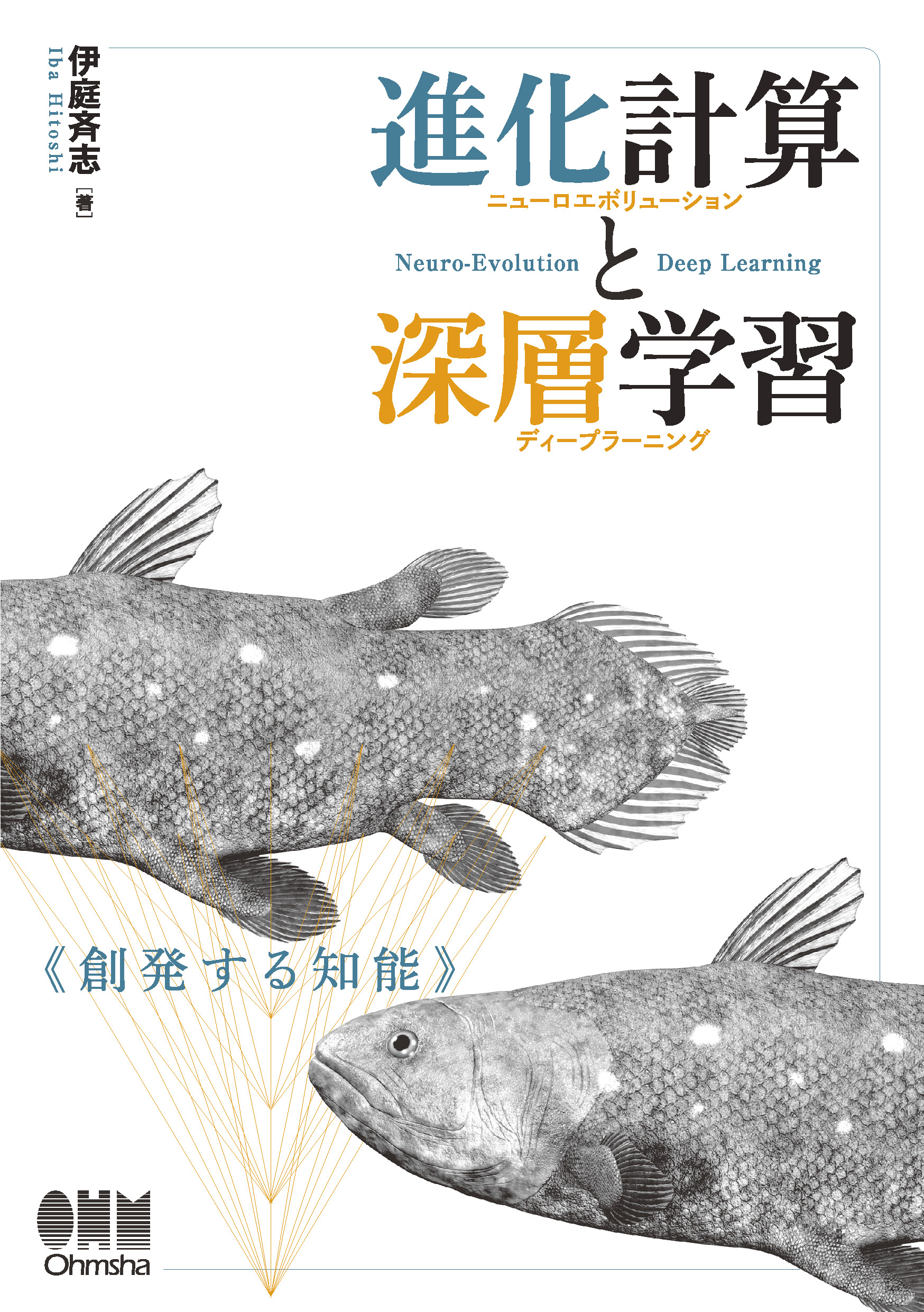
Title
Program de tanosimu suuri puzzle (Mathematical puzzles for programmers - Challenge unsolved problems or AI-related issues)
Size
224 pages, A5 format
Language
Japanese
Released
August 15, 2016
ISBN
978-4-339-02859-1
Published by
Corona publishing co. ltd.
Book Info
See Book Availability at Library
Japanese Page
The aim of this book is threefold: to introduce the reader to the joys of solving mathematical puzzles through programming; to aid them in understanding the thinking and useful ideas that are behind these puzzles; and to provide them with the opportunity to develop proficiency in simulation and thought experiments. As a student, I was neither skilled at programming nor particularly interested in the subject. However, once I began to write programs for my own use, I found myself drawn in by how fascinating they could actually be. During my doctoral course, I utilized a computer for the sake of research into a subfield of artificial intelligence (the automatic verification of geometrical theorems). It was then that I realized that computers were not only tools, they were also a means for creative expression. The great mathematicians of the past also reportedly found experimentation and calculation to be important aids for conducting research. I believe that if Carl Friedrich Gauss or Leonhard Euler were alive today, they would certainly be enthusiastic users of computers.
The approach this book takes, therefore, is to use programming activities as a way to help the reader develop an understanding of a diverse range of mathematical topics. Such topics include unsolved mathematical problems, probability puzzles, mathematical paradoxes, the mechanism of neutral evolution, mathematical optimization, and so on. I also introduce the connection between mathematics and cutting-edge fields such as artificial intelligence and artificial life. As these different topics are independent from each other, I recommend that the reader start from those that they find the most interesting.
In the second half in particular, we look at problems that are difficult for humans to solve. We therefore draw upon the power of computer programs, adopting a method of step-by-step solutions (optimal solutions and approximate solutions). This approach will help make the mathematical meaning behind these problems more readily decipherable. For example, in the section on probability, we can repeatedly carry out experiments on a computer, recreating a state of affairs. This helps to make it easier to explain Bayesian thinking (which is normally a little bit difficult to understand.) For combinations or optimization, I will explain, in order, the techniques that human beings have developed and the strengths and weaknesses of existing methods. After using a simulation to verify how these methods differ in efficiency, I will explain an approach that is more AI-driven.
This book has been developed on the basis of my lecture notes for university classes I have taught on subjects such as programming and artificial intelligence. In the course of teaching these classes, I have often come across outstanding programs or impressive reports. Sometimes, I have even received answers to problems from members of the general public who are not attending my classes at all (such as adults who have already graduated or students at other universities). It seems that they became interested in the topics I was covering by looking at my website.
The demonstrations and programs explained in this book can be downloaded from the website for my research office. I encourage readers to try out the experiments contained in the book for themselves, enjoying the process of learning through programming. I note, however, that each of these programs only represents one possible example of a solution. Therefore, rather than simply downloading and running them, I recommend revising them yourself (or, if possible, creating your own!) This will allow you to discover the joy of engaging with these problems through programming, as well as how interesting it is to work with programs that relate to topics such as artificial intelligence or artificial life.
(Written by IBA Hiroshi, Professor, Graduate School of Information Science and Technology / 2020)
Table of Contents
Chapter 2 Let us see how probable it is
Chapter 3 Let us solve difficult problems of probability
Chapter 4 Let us solve logic puzzles
Chapter 5 Let us see how to evolve
Chapter 6 Let us challenge optimizing problems
Related Info
http://www.iba.t.u-tokyo.ac.jp/support/index.html



 Find a book
Find a book


 eBook
eBook

